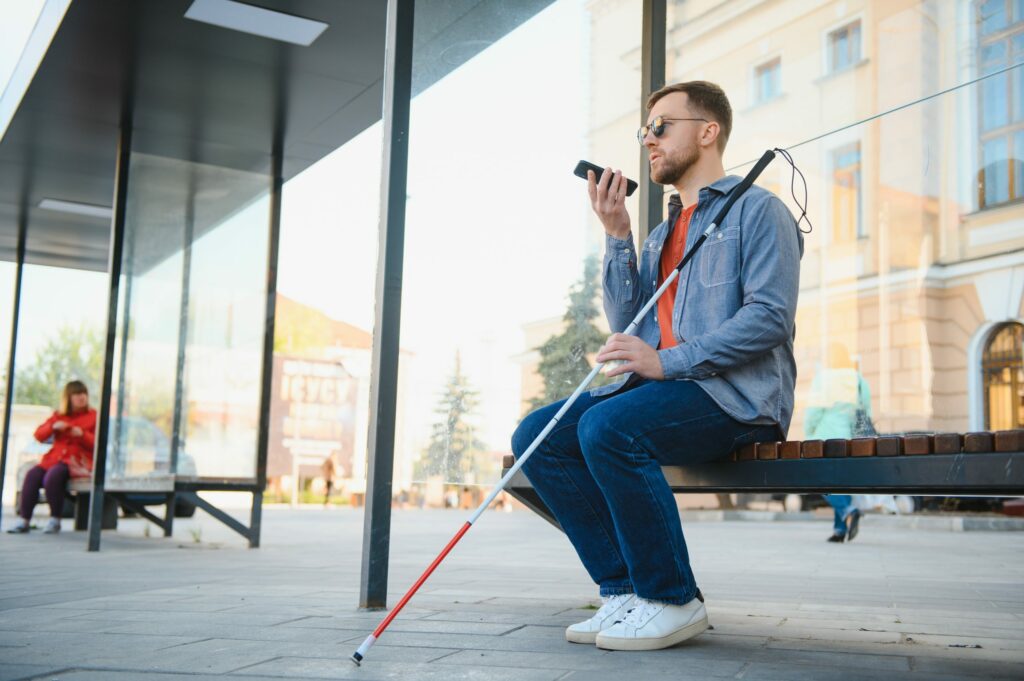
Global Accessibility
Nearly 1 billion people worldwide have a disability. Which include visual, hearing, motor and cognitive disabilities or impairments.
Often times, it is difficult for people with disabilities to access media, documents, websites, applications and online courses.
Eye disorders and diseases can impact your vision and ocular health, these include blurred vision, strabismus, amblyopia, diabetic retinopathy, age-related macular degeneration, glaucoma and cataract. People with vision loss or low vision need alternative text descriptions for images. They also may use assistive technology like text-to-speech, portable note takers, braille output devices and screen magnification.
Deafness causes people to have very little hearing to no hearing at all, this includes conductive, sensorineural or mixed hearing loss or deafness. Someone who is deaf or hard of hearing will require closed captioning on the screen for presentations. Also, visual indicators in place of audio cues. Deaf and hard of hearing people may use assistive listening devices or ASL interpretation.
Motor disabilities impede sensation, movement or coordination and include cerebral palsy, muscular dystrophy, multiple sclerosis, spina bifida, arthritis, Parkinson’s disease. As well as spinal cord injuries and the loss of a limb. People with motor impairments may need a large key keyboard or other adaptive hardware to assist them with typing and navigating their device.
Cognitive disabilities may impact understanding, processing speed and functioning, and includes ADHD, dyslexia, generalized anxiety disorder, Alzheimer’s disease, autism, Asperger’s and Down syndrome. Uncluttered screens, consistent navigation, and use of plan language is best for different learning impairments.
The average number of errors per homepage 60.9. These include low contrast text, missing image alt text, empty links, missing form input labels, empty buttons and missing document language.
When a website or technology is accessible, people with disabilities have a better user experience and can easily access the information they are seeking.
Adapting your writing style, providing alt text, using descriptive links and checking for color contrast are ways to make content more accessible and easy to use to those with disabilities.
